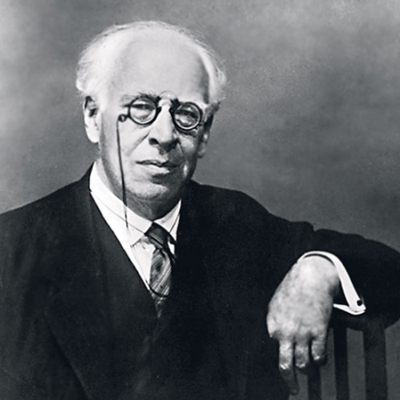


Without complete concentration on the character’s purpose, the actor will likely take actions that are not realistic and believable. For example, how annoying is it to watch an actor cry without a purpose? The actor weeps and sobs and makes over-the-top gestures without truly buying into the purpose of the action of crying. If the actor truly concentrated on the character’s purpose, their cries might be more believable. In fact, the actor might discover that the crying, itself, is an unnecessary, over-the-top action, that does not fit the given circumstances.
Brief Bio
Konstantin Stanislavski (January 1863 – August 1938) was a Russian actor, master teacher and theatre director. His tireless work to unlock blockages that he thought limited his acting performances and those of actors whom he directed, led him to develop new acting strategies and techniques. These strategies, once organized, would go on to shape the way all actors would approach the craft.
For this reason, Stanislavski is widely considered the father of modern acting theory. With the emergence of his techniques, which became known as the “Stanislavski System”, Stanislavski focused on inner motives and subconscious behavior as the basis of performance, rather than external, physical and vocal behaviors. His system, a game-changer in the craft of acting, would form the basis for other popular acting techniques, such as the Meisner Technique, created by Sanford Meisner, and the teachings of legendary acting teachers like Stella Adler and Lee Strasberg.